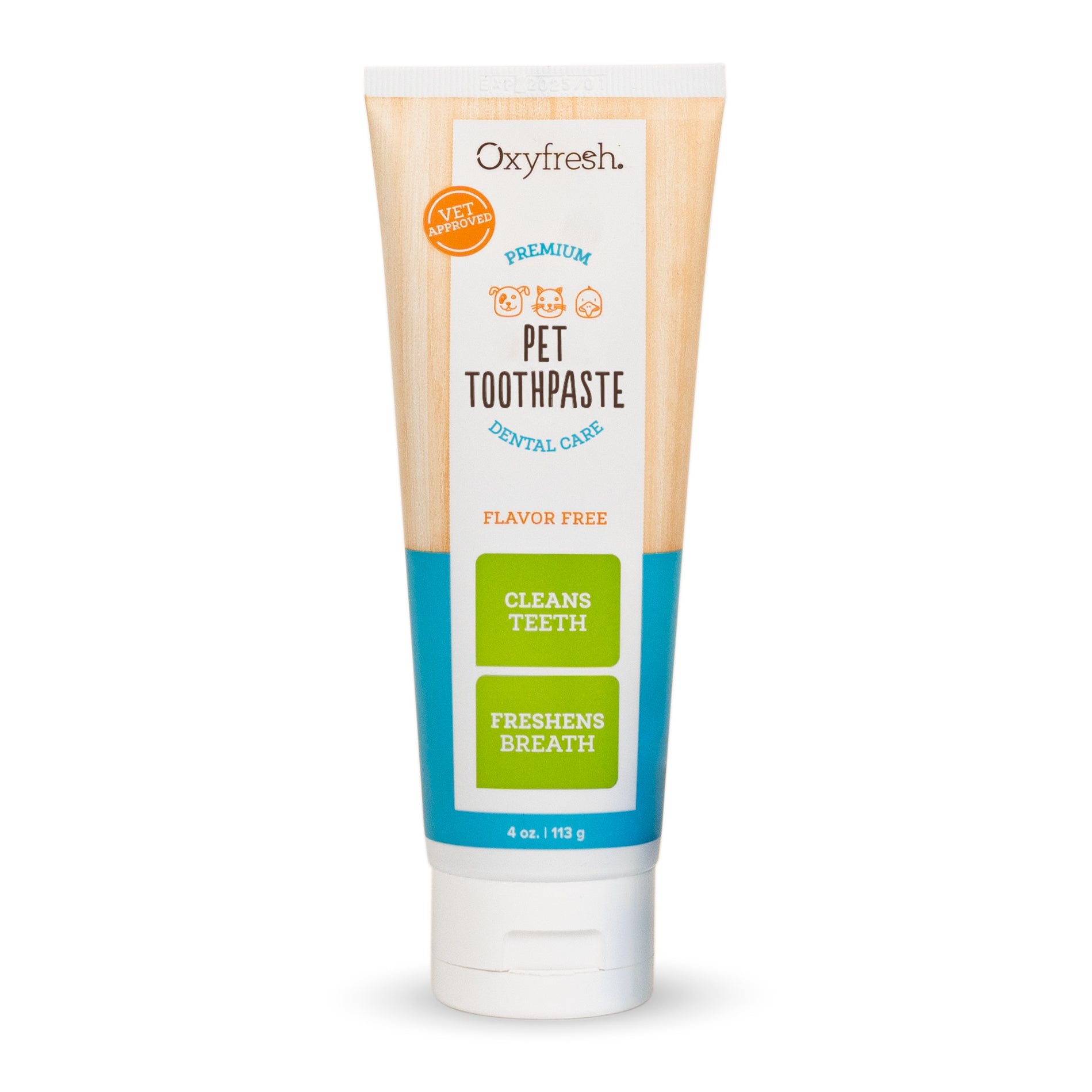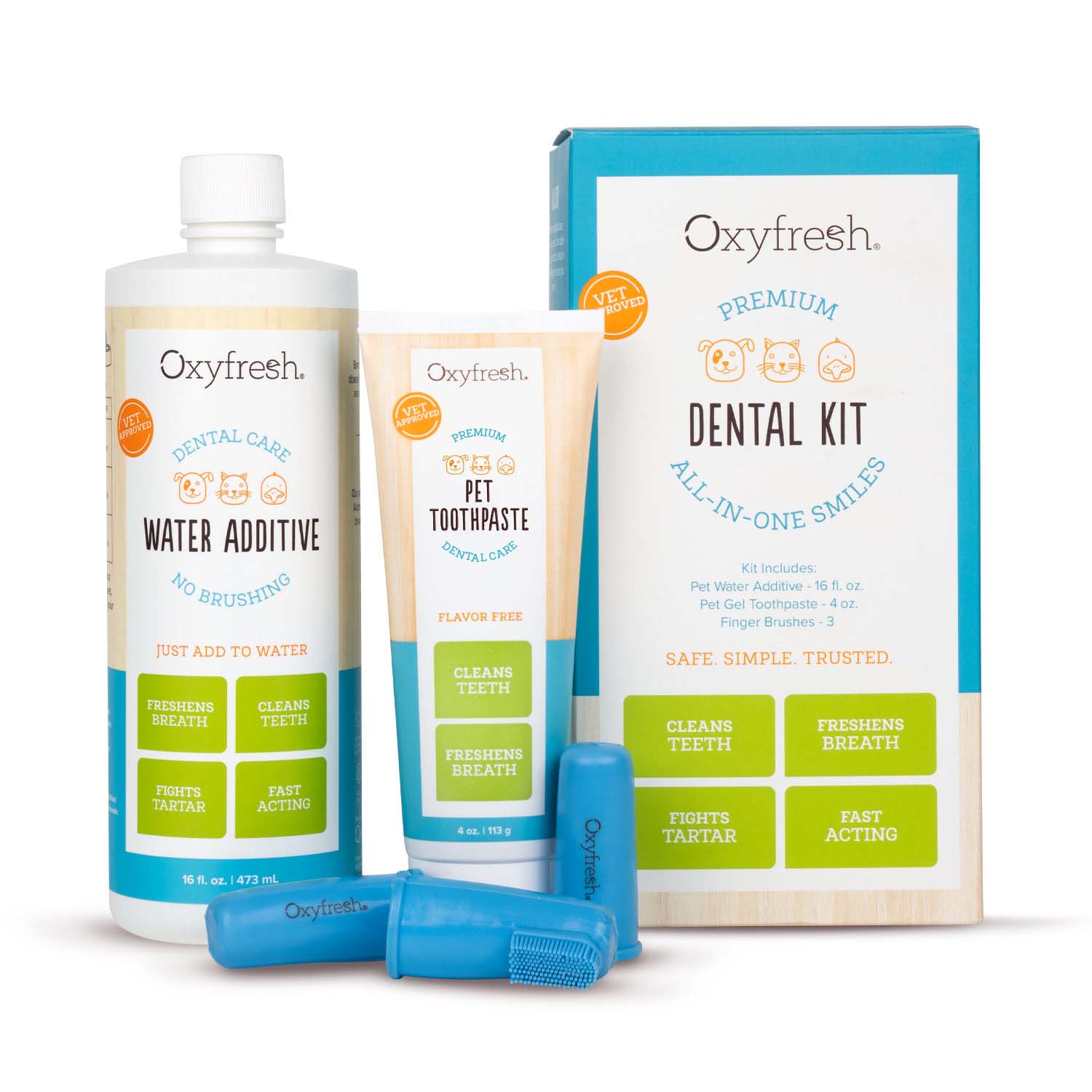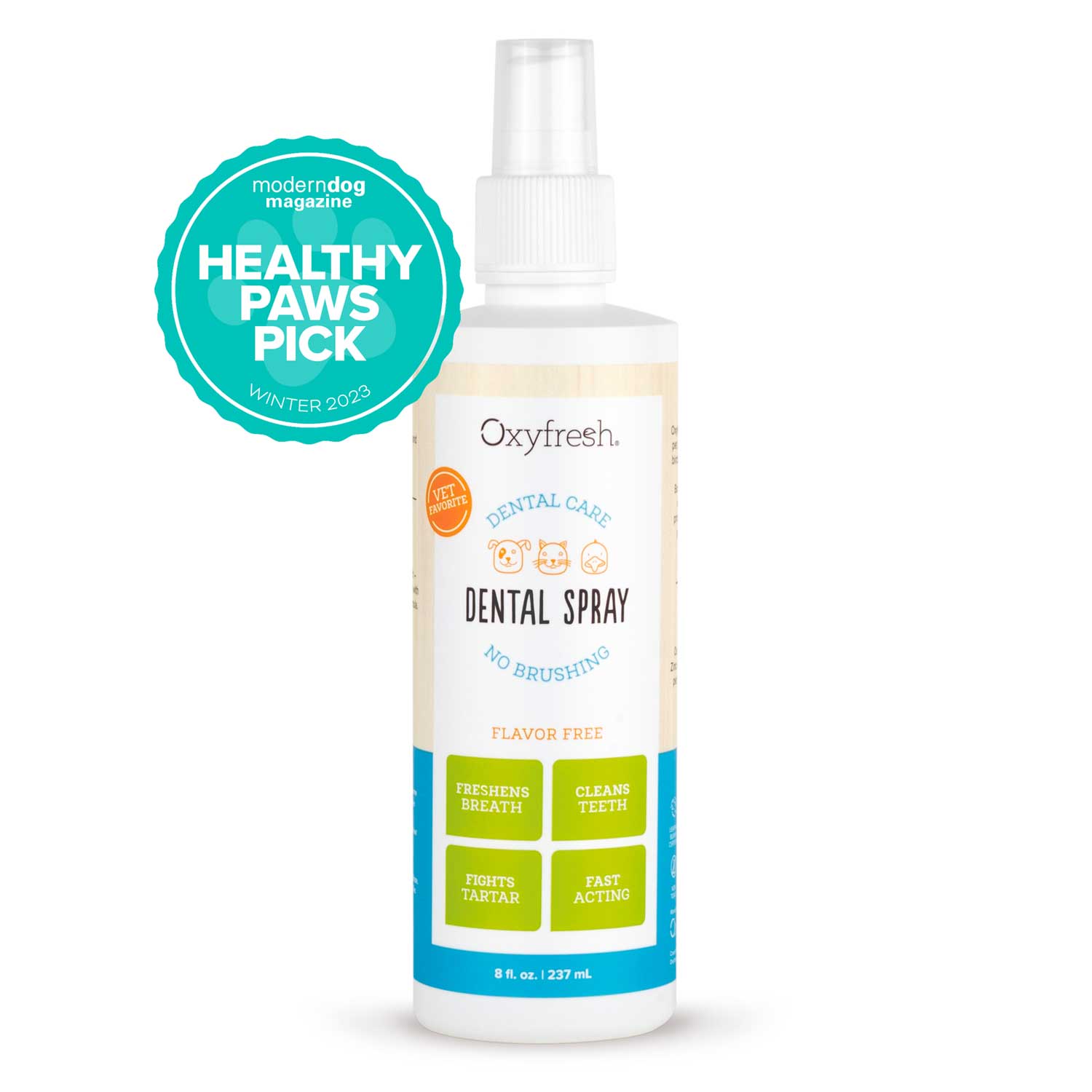Which Houseplants Are Poisonous to Cats?
Curious cats love to explore the world around them ... and our houseplants and outdoor flowers are no exception. While they may be beautiful, certain plants can cause big problems for our feline friends.
That’s why it’s important to know before you grow. Because cats can’t keep their paws (and mouths) to themselves, it’s up to us to make sure the greenery in our scenery won’t make them sick.
Knowledge is Power (And a Healthy Cat)
If your cat is eating your plants, it’s vital to know exactly what those plants are, as toxicity levels can vary greatly among plants.

For example, with true lilies, eating just a few petals can result in kidney failure in cats, making it a true medical emergency. With other plants, the cat would need to eat a lot of it to cause poisoning symptoms. Also, many plants are mildly toxic while others are more serious.
Keep in mind, the list of plants that can be toxic to cats (and dogs) is in the hundreds! (The ASPCA has a pretty exhaustive list of toxic & non-toxic plants if you need a quick reference or guide when you go plant shopping.)
Popular Plants That Are Poisonous to Cats
- Amaryllis
- Asparagus Fern
- Autumn Crocus
- Azalea
- Chrysanthemum
- Cyclamen
- Daffodils
- Dieffenbachia
- English Ivy
- Hyacinths (the bulbs vs. the leaves and stem are what’s highly toxic)
- Jade Plant
- Kalanchoe
- Lily of the Valley
- Lilies (True Lilies, which include Tiger, Day, Asiatic, Easter and Japanese Show lilies)
- Marijuana
- Oleander
- Peace Lily
- Philodendron
- Pothos
- Rhododendrons
- Sago Palm
- Snake Plant
- Spanish Thyme
- Tulips (the bulbs vs. the leaves and stem are what’s highly toxic)
- Yew
Signs of Plant Poisoning in Cats
Signs of plant poisoning in cats can range from mild skin irritation to serious heart and kidney problems.
- Cat Drooling
- Red/Watery Eyes
- Coughing or Sneezing
- Vomiting
- Diarrhea
- Twitching or Seizures
- Rapid or Labored Breathing (indicates heart issue)
- Frequent Thirst or Urination (indicates kidney issue)
3 Steps to Follow If You Suspect Your Cat Ate a Poisonous Plant
- Remove any plant material from your cat’s mouth, paws and fur.
- Make sure your cat is in a safe place for monitoring.
- Contact your vet. (If after hours, contact a Pet Emergency Clinic.) It will be especially important to let them know the type of plant your cat came into contact with. (If you’re not sure, bring a sample to the vet.)
FAQ
Are Roses Toxic to Cats?
Nope! You don’t have to toss that beautiful bouquet or uproot your rose bush. While cats may be lured by the sweet smell and try a bite of a rose petal, they’re usually turned off by the taste. And if not, it still won’t poison them. The bigger concern with roses is the cat getting poked by thorns, especially around the face.


Are Aloe Plants Poisonous to Cats?
This popular household plant is famous for its ability to soothe and heal burns, which is why it’s often found in kitchens. But if you have a cat, you’ll want to steer clear.
Wait, then why do I see aloe as an ingredient in pet products like toothpaste?
What many people confuse about aloe is thinking the entire plant is toxic. It's not! It’s only the thick outer material that can cause poisoning in cats. The gel itself is edible when extracted. And in cat toothpaste, it can help soothe tender gums.
What Cat-Safe Houseplants Are Easy to Grow?
If you’ve ever had a houseplant that just didn’t make it, the feeling of failure is real! That’s why it’s always smart to go with cat-safe houseplants that are low maintenance. Fortunately, there are plenty of them.

P.S. Want to Say Aloe to Better Cat Dental Health?
Just like plant safety, cat dental care isn’t something that’s always top of mind until there’s a problem, like really stinky cat breath or the need for tooth extractions (expensive).
Taking care of your cat’s teeth is one of the best ways to keep them happy and healthy. In fact, cat dental care can add years to a cat’s life because it helps prevent dangerous gum disease.
Oxyfresh Pet Dental Gel Toothpaste with pampurring aloe vera for healthy gums takes the fuss out of cat dental care. No mint, chicken or liver flavors that cats turn their noses up at – it’s 100% flavor free!
Plus, only Oxyfresh cat toothpaste contains the non-toxic bad-breath fighter Oxygene® to instantly freshen stinky cat breath and keep plaque off their teeth.
Use with a finger toothbrush or rub directly on your cat’s gum line with a finger (um, preferably your own). Either way, you’ll love the results!
Here's to healthy cats!
We hoped this info knocked your stalks off and you have a game-plan now to keep your adorable cat safe and happy.










